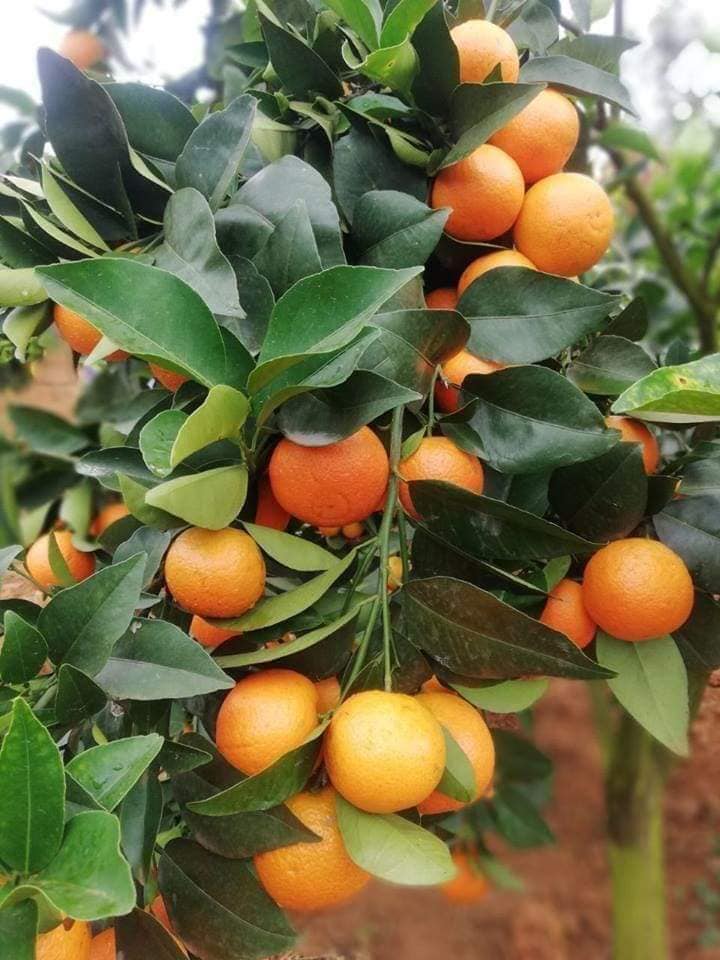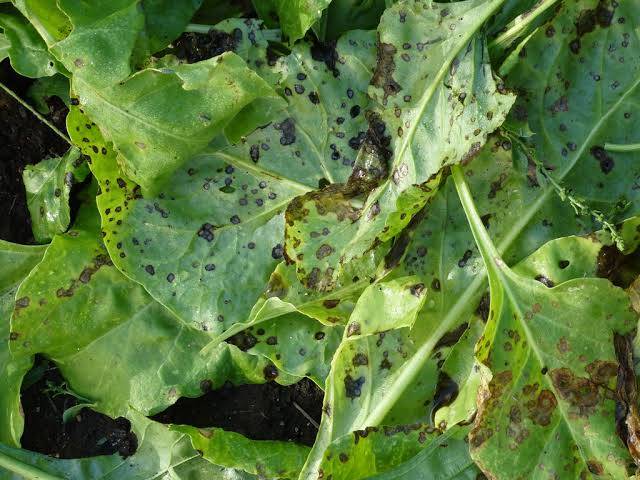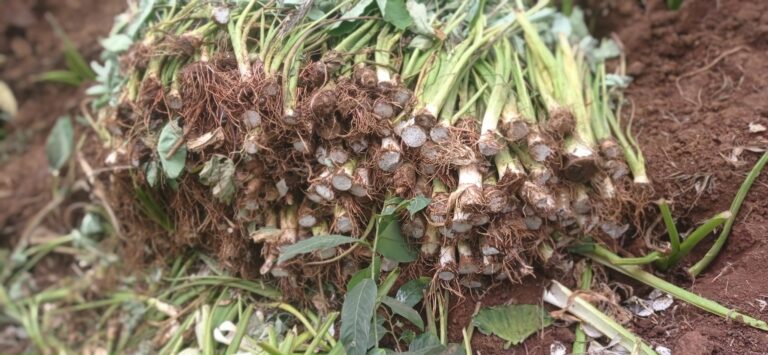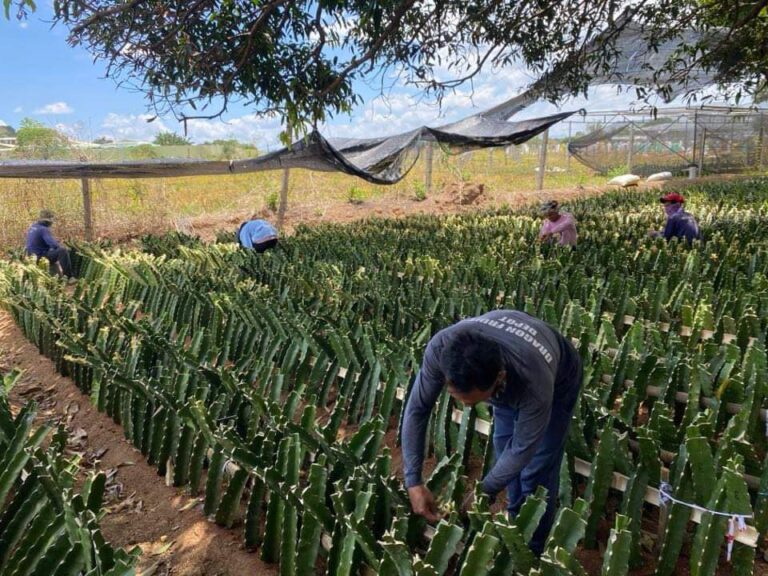Pixie Oranges Yield Per Acre
On average, farmers can expect a yield ranging from 10 to 15 tons per acre under optimal conditions. The yield per acre for pixie oranges can vary significantly based on factors such as cultivation practices, climatic conditions, and the quality of seedlings used.
Pixie is a lucrative fruit better than many fruits we know. A pixie tree can produce an average of 60 kgs a season with farm gate price per kg being Ksh 120. One acre having 250 trees at a spacing of 4m by 4m can give you 1.8 million.
By following best practices for planting, spacing, and management, farmers can maximize their yields and enjoy the benefits of this popular citrus fruit.
Pixie oranges, a variant of the mandarin orange, have gained popularity among Kenyan farmers due to their high yield, disease resistance, and favorable market prices.
Pixie oranges, a variety known for their small size and sweet flavor, are gaining popularity among farmers in Kenya due to their high yield potential and market demand. Here’s a comprehensive look at various aspects of growing Pixie oranges in Kenya:

How to Plant Pixie Oranges?
Planting pixie oranges involves several critical steps to ensure successful growth and high yields. First, select a well-drained site with fertile soil, preferably sandy loam with a pH between 5.5 and 6.5. Prepare the land by removing weeds and debris, and plow the soil to a depth of about 2 feet.
Next, dig holes that are approximately 2 feet wide and 2 feet deep, spaced according to the recommended spacing guidelines. Before planting, mix the topsoil with compost or well-rotted manure to enhance soil fertility.
To plant pixie oranges, follow these steps:
- Choose a sunny spot with well-drained soil and a pH between 6 and 7.
- Prepare holes that are 2 feet wide, 2 feet deep, and spaced 4 meters apart in rows and 4 meters apart between rows.
- Mix the top soil with well-decomposed manure and, in clay soils, add sandy or loamy soil to improve drainage and fertility.
- Plant the grafted pixie orange seedlings and water them regularly.
Carefully place the pixie orange seedlings into the holes, ensuring the root collar is at ground level, then backfill with soil, and water thoroughly.
How Many Pixie Oranges Plants Per Acre
The number of pixie orange plants per acre is influenced by the spacing requirements. Generally, pixie oranges are planted at a spacing of 4M by 4M.
This spacing accommodates about 250 trees per acre. Proper spacing is crucial to allow adequate air circulation, sunlight penetration, and ease of maintenance.
Pixie orange farming in Kenya can be a highly profitable venture, with the potential to yield up to 15,000 kilograms per acre annually.
How Long Do Pixie Oranges Take to Mature
Pixie oranges typically take about 2 to 3 years to start bearing fruit, with full maturity and optimal yield achieved by the 5th to 6th year.
At first, each tree will give a few fruits; about 30 to 50 fruits. This production increases every year as the branches grow wider. The highest yield is attained in the 4th or 5th year in which each pixie tree can give up to 300 fruits; about 60 kgs per tree.
With proper management, pixie orange trees can remain highly productive for many years, with their most productive period being between 10 and 40 years old.
The maturity period can vary depending on climatic conditions, soil fertility, and management practices. Regular watering, fertilization, and pest control are essential during the growth period to ensure healthy trees and high-quality fruits.
Pixie Oranges Benefits
Pixie oranges offer numerous benefits that make them a valuable crop for Kenyan farmers:
- High Yield: With proper care, pixie oranges provide a substantial yield, enhancing farmers’ income.
- Disease Resistance: They are less susceptible to common citrus diseases, reducing the need for extensive chemical treatments.
- Nutritional Value: Pixie oranges are rich in vitamins, particularly vitamin C, and antioxidants, making them a healthy choice for consumers.
- Market Demand: There is a high demand for pixie oranges in both local and international markets, providing a reliable source of revenue.
Pixie Oranges Spacing
Correct spacing is critical for the healthy growth of pixie oranges. The recommended spacing is 4 meters between trees in a row and 4 meters between rows.
This spacing ensures that each tree receives adequate sunlight and airflow, reducing the risk of diseases and promoting better fruit quality.
| Spacing | Number of Trees per Acre |
| 4 meters x 4 meters | 250 |
Pixie Oranges Price in Kenya
The price of pixie oranges in Kenya varies depending on the season and market demand. On average, the farm gate price ranges from Ksh 50 to Ksh 150 per kilogram
. During peak seasons, prices may drop slightly due to increased supply, while off-season prices can be higher. Farmers can increase their profitability by targeting off-season production through strategic planting and use of irrigation.
Where to Buy Pixie Oranges Seedlings in Kenya
Farmers looking to venture into pixie orange farming can purchase quality seedlings from certified nurseries and agricultural institutions.
Grafted pixie orange seedlings can be purchased from reputable suppliers like Richfarm Kenya and Oxfarm Organic Ltd. The cost of seedlings ranges from Ksh 250 to Ksh 67,500 per acre, depending on the number of trees planted.
Other reputable sources include:
- XYZ Nursery, located in Nairobi, specializing in citrus seedlings.
- ABC Seedlings in Eldoret, offering a variety of citrus trees including Pixie oranges.
- DEF Nurseries in Kisumu, known for their healthy and certified citrus seedlings.
FAQs
What is the average yield of pixie oranges per acre in Kenya?
The average yield of pixie oranges per acre in Kenya ranges from 10 to 15 tons, depending on farming practices and environmental conditions.
How often should pixie oranges be watered?
Pixie oranges require regular watering, especially during dry periods. It is crucial to maintain consistent soil moisture to promote healthy growth and fruit development.
What pests and diseases affect pixie oranges?
Common pests include aphids, citrus leaf miners, and fruit flies. Diseases such as citrus canker and gummosis can also affect pixie oranges. Regular monitoring and integrated pest management practices are essential.
How can I increase the yield of my pixie orange orchard?
To increase yield, ensure proper spacing, use quality seedlings, implement regular fertilization, and practice effective pest and disease control.
Can pixie oranges be grown in all regions of Kenya?
Pixie oranges thrive in regions with well-drained soils and moderate rainfall. They are suitable for areas like Central Kenya, parts of Rift Valley, and Coastal regions.
What is the ideal soil pH for pixie oranges?
The ideal soil pH for pixie oranges is between 5.5 and 6.5. Soil testing and amendments can help achieve the optimal pH level for healthy growth.
Conclusion
Pixie orange farming in Kenya offers significant potential for high yields and profitability. By following best practices in planting, spacing, and orchard management, farmers can maximize their output and take advantage of the growing demand for this nutritious fruit. I
nvesting in quality seedlings and maintaining proper care throughout the growth period are critical steps to ensure a successful pixie orange venture.






